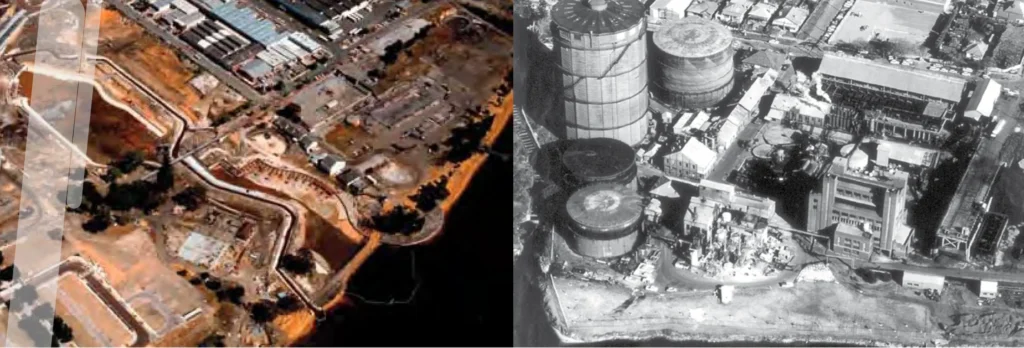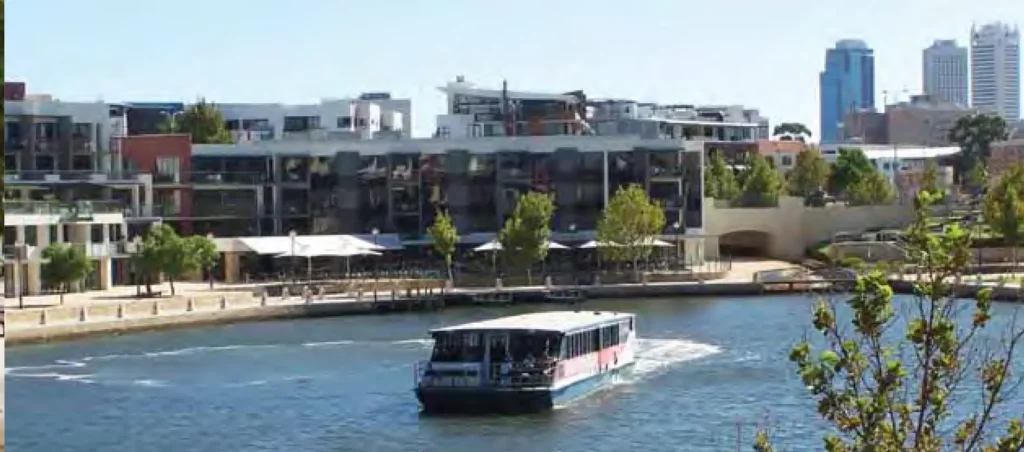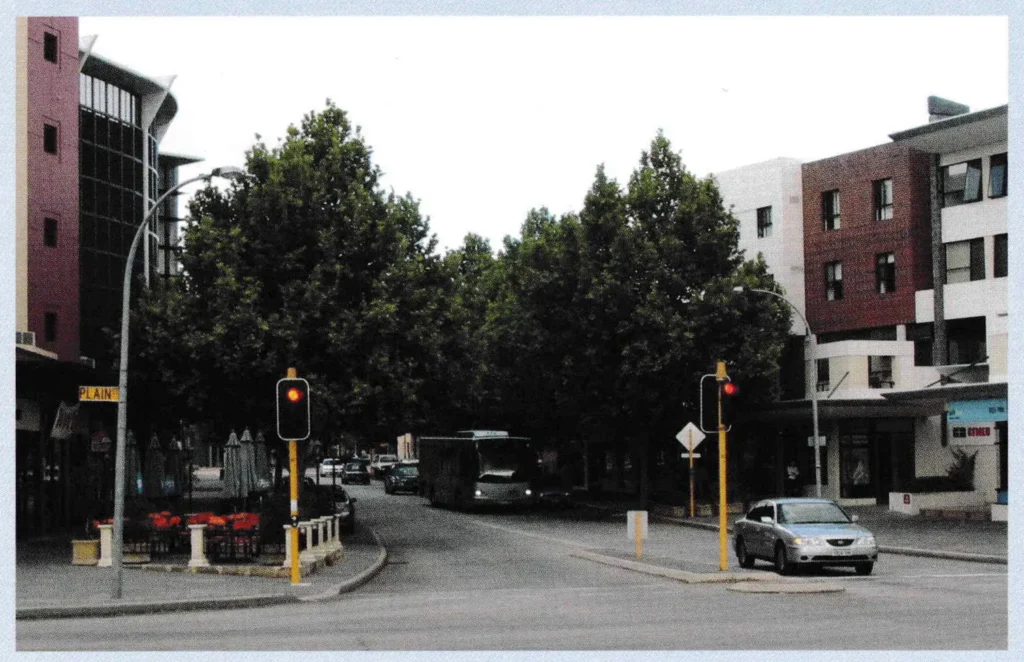Claisebrook Village Urban Renewal Project in Perth is the sixty article on projects from practice. The government and private sector designed and planned Claisebrook Village on former brownfield land in Perth Australia. Noongar people in 1890 occupied Claisebrook for fishing and they built housing development along the Swan River. After II world war heavy industry companies moved in like gas field companies, brickwork factories, and railway yards. The project location reserves a central point to the Perth city center. 10 km east of the plot is Perth Airport. 7km on the west side is the open Indian Ocean. 0.5 km to the north of the plot lies the Perth railway station. The project plot location includes sustainable development criteria in terms of its proximity to public transport, connection to a highway going to the city center, and a waterfront rehabilitated for human use. See Figure 1, Claisebrook Village Urban Renewal Project in Perth from Google.

Claisebrook Village Urban Renewal Project Urban context
The project is part of the Hawke government’s Building Better Cities program (1991-96). The location of the project has several key sustainable characteristics. The project location is near a railway station connecting to all Australian cities. A highway connecting all directions to the center. Direction connection to leisure activity location to the Indian Ocean waterfront from the east side of Perth. A harbor and a waterfront including beautiful views and landscape and calm environment. The project plot is deprived in terms of soil quality and pollution with a decreased land value that is a potential for development. Government in Australia Through bill and act of 1991 created the East Perth Redevelopment Authority. This authority role ranged from planning, undertaking, promoting, and coordinating the redevelopment of land within the project’s urban renewal area. The EPRA took responsibility for all aspects of urban renewal from concept planning to development, investment attraction, and community development. Figure 2 shows the previous project location with the heavy industrial plants.

Claisebrook Village Urban Renewal Project causes of development
Local economic development comprises several dimensions within the country of origin. LED includes Political, economic, environmental, and social dimensions. Political dimensions include the transformation of planning approaches from one approach such as the zoning approach to a mixed-use approach. Political directions to divert urban renewal and regeneration to sustainable cities and urban eco-villages for example. Implementing political agendas of equity in development reaching all categories of society.
The economic dimension focuses on the transformation of the urban renewal of the project that enhances the regional economy. The enhancement in promoting business creation, creating more jobs, encouraging the development of infrastructure to stimulate development, and attracting investment and funds from other locations in the world to boost the country’s financial status.
Environmental dimensions include the application and compliance with international environmental policies and agreements like CO2 emission and Ozone depletion. Compliance, change, and application of local, and regional environmental policies to improve the country’s environmental problems. Problems like clean air to reduce air pollution from industrial emissions, activities damaging the quality of air, and increasing oxygen in the air to reduce health problems. Air quality on the other hand is a prime concern to prevent any activities that damage the quality of water from industrial development, deprived regions, and deprived water beds. Soil environmental problems are created by throwing all types of waste and polluted activities in oil and gas plants.
Social dimensions include providing equal opportunities to all types of people in the society of best services, clean environment, quality of living and education, best health service, and access to jobs.
These characteristics in the four dimensions of LED exist in the Claisebrook village urban renewal. The government directed to achieve many aspects of these four dimensions to enhance one of the most important areas in central Perth. Figure 3 shows the Claisebrook Village urban renewal plan and site analysis.

Claisebrook Village Urban Renewal Project Concept
The concept of the Claisebrook Village urban renewal focuses on mixed-use development. That includes 1500 homes, 6000 employment spaces for workers, shops, tertiary education, and parks, creating opportunities for living near the workplace. The project focuses on residential development in the form of attached townhouses, low-rise apartment buildings, and garage-top studios. In this manner providing equal opportunities for diverse kinds of residential options for all levels of society. The diversity that supports local services at the urban scale. 10% of the provision is for social and affordable housing to Australian standards. Figure 4 shows the completed types of housing in the Claisebrook Village urban renewal project.

The Claisebrook village plot includes many historical buildings targeted for classification and protection. Authorities EPRA targeted the renovation and reuse of Buildings of historical importance.
A key feature of this project is the level of public investment in the public realm in creating attractive streetscapes and extensive parklands. The central area of the project includes the landscape renewal to attract various types of recreational activities for the village. Along the Claisebrook Groov and waterfront a series of commercial activities of cafes, restaurants, and bars along with water spots for boating and harbor. The landscape includes advanced trees and landscape planning and features. Figure 5 shows the completed types of housing in the Claisebrook Village urban renewal project.

At the core of Claisebrook Village is the local and retail commercial center. Rather than based on point building of commercial activity like a mall but instead a street commercial functions spread along the royal street. Development of the road network and road connection of various sizes towards the city and internal network. The idea of creating walking activity along street shops with low-speed traffic in the center of the village. Figure 6 shows the central retail area of Royal Street in the Claisebrook Village urban renewal project.

The development also incorporates a community-run city farm, which promotes organic and sustainable food production practices, provides gardening and healthy cooking classes, and hosts a farmers’ market (www.perthcityfarm.org.au). The project funding is a mix of federal government money from the Building Better Cities program and state government investment at a total capital of 127 million Australian dollars and attracted 685$ million from the private sector.
Be First to Comment